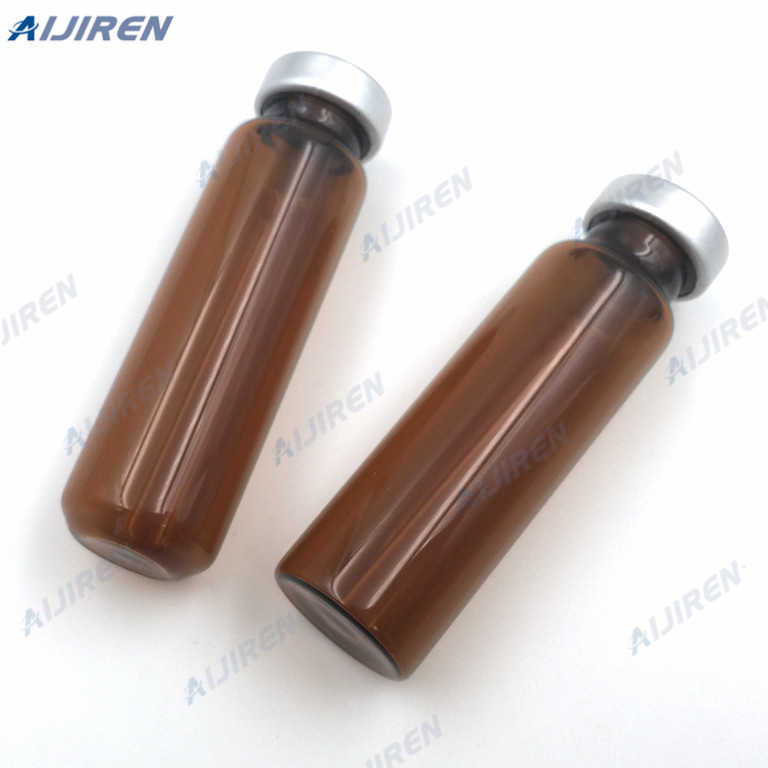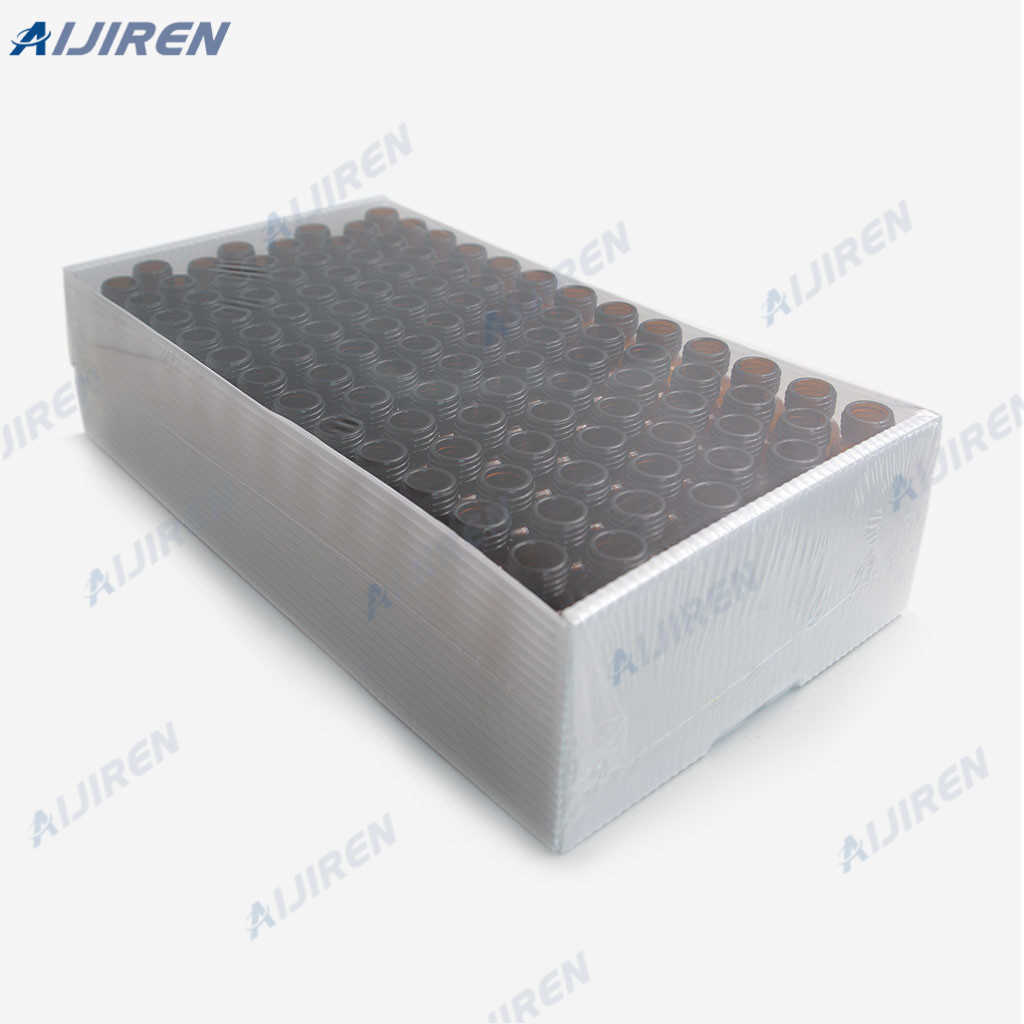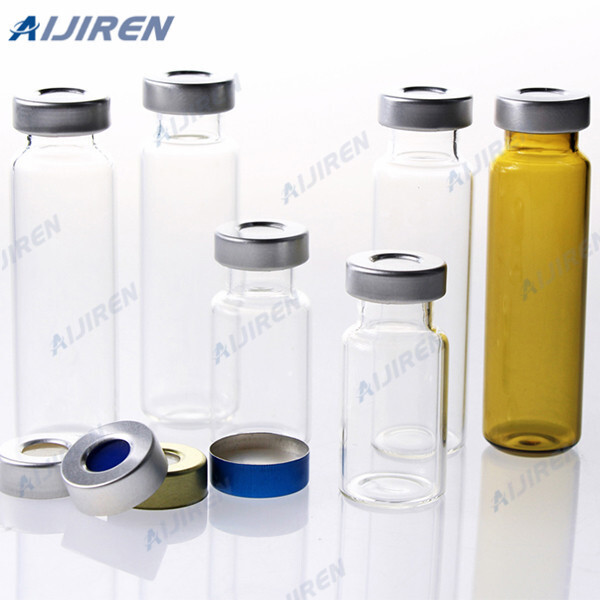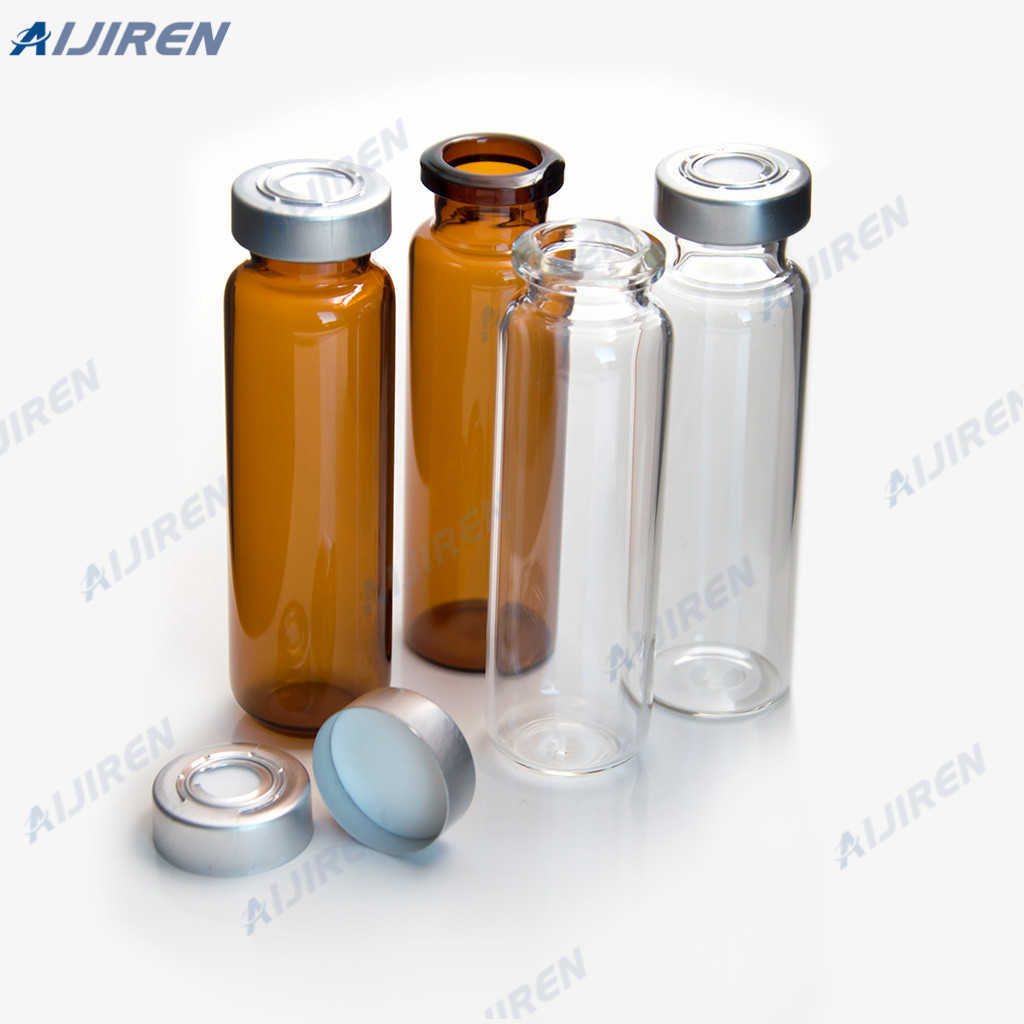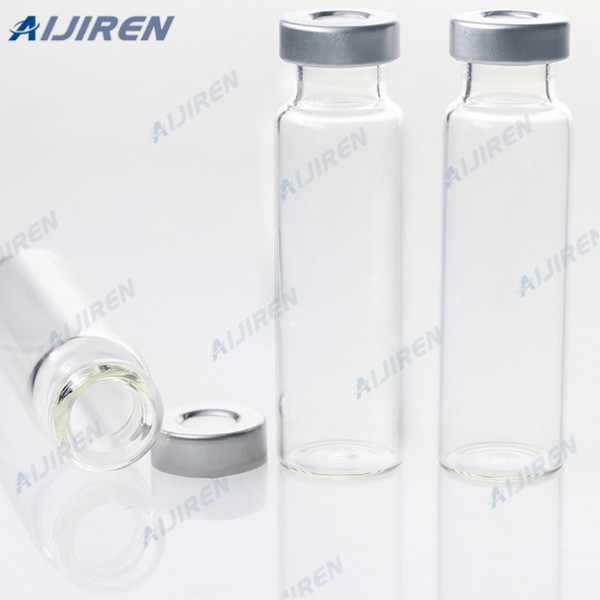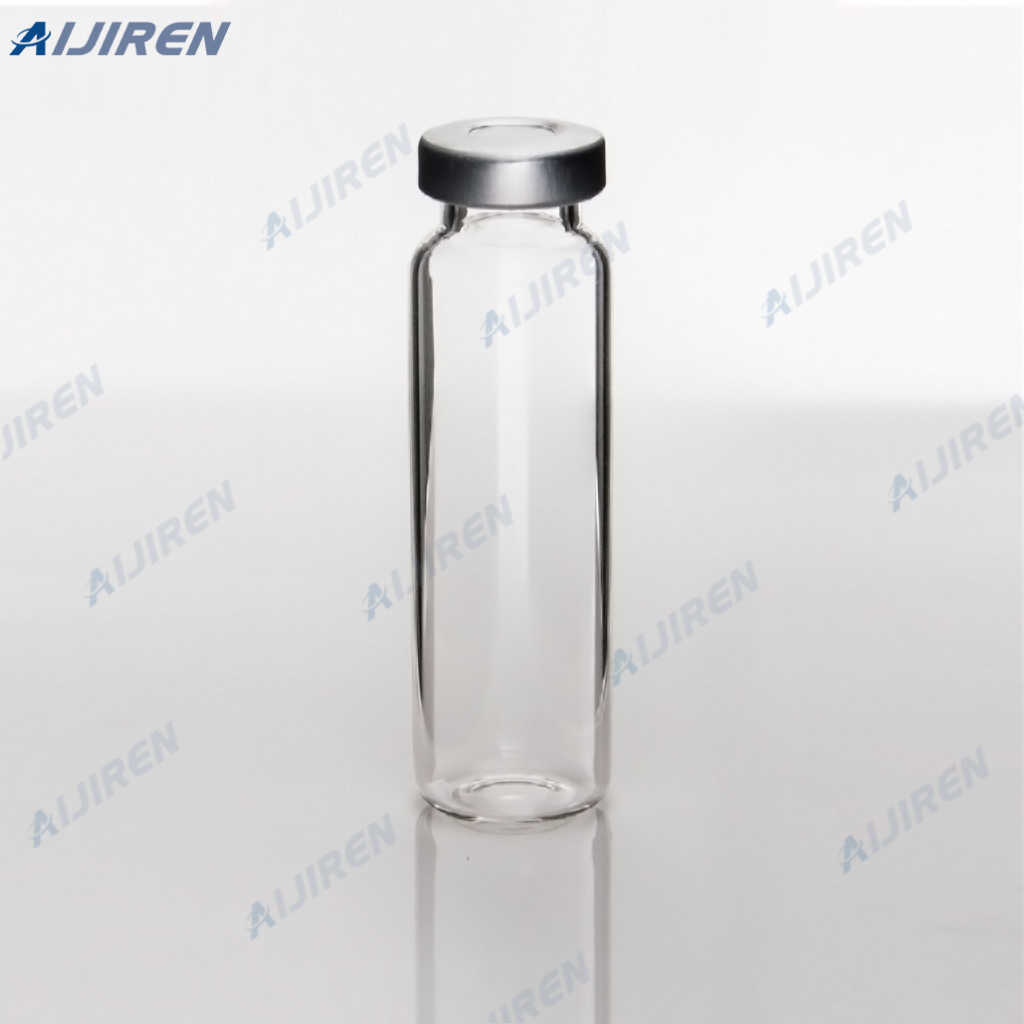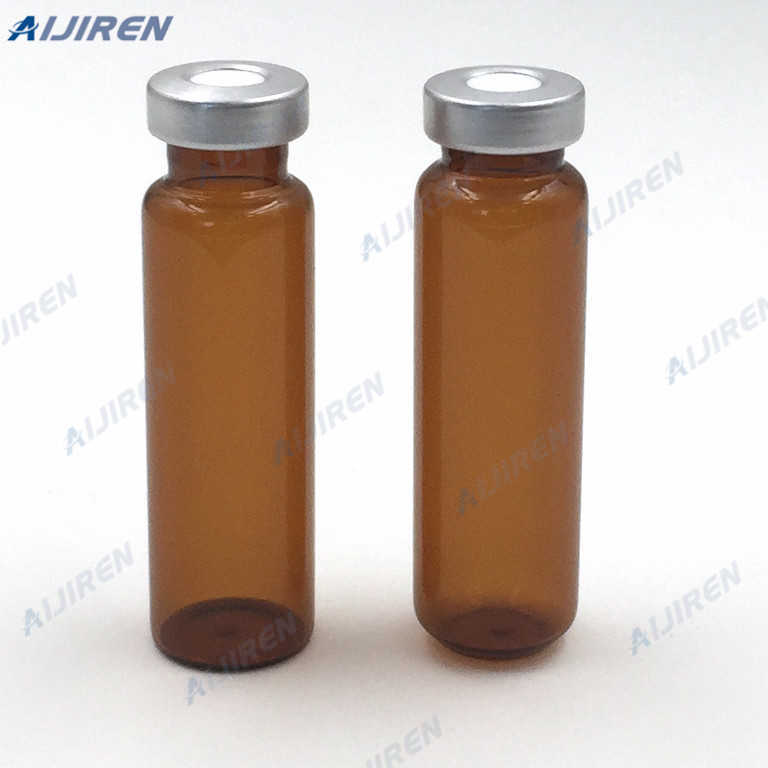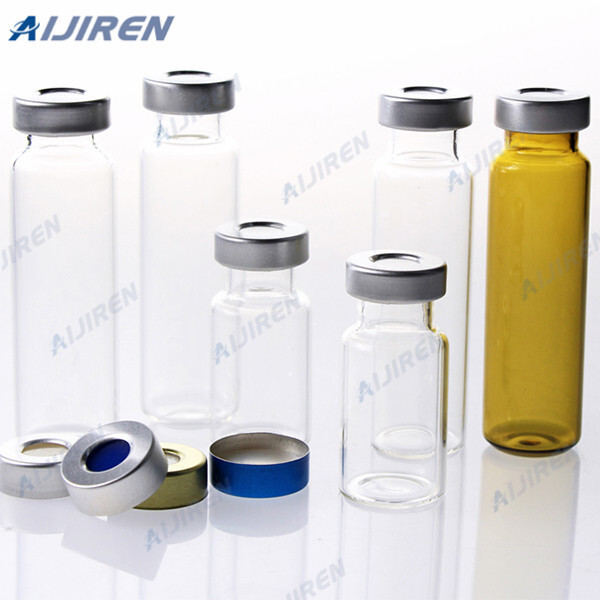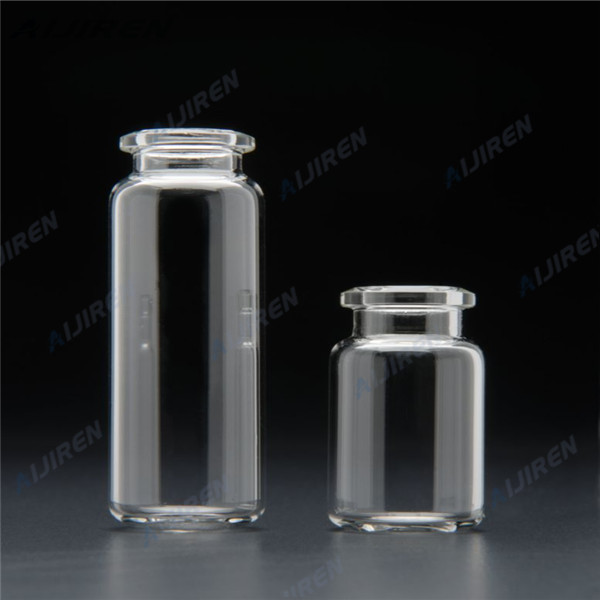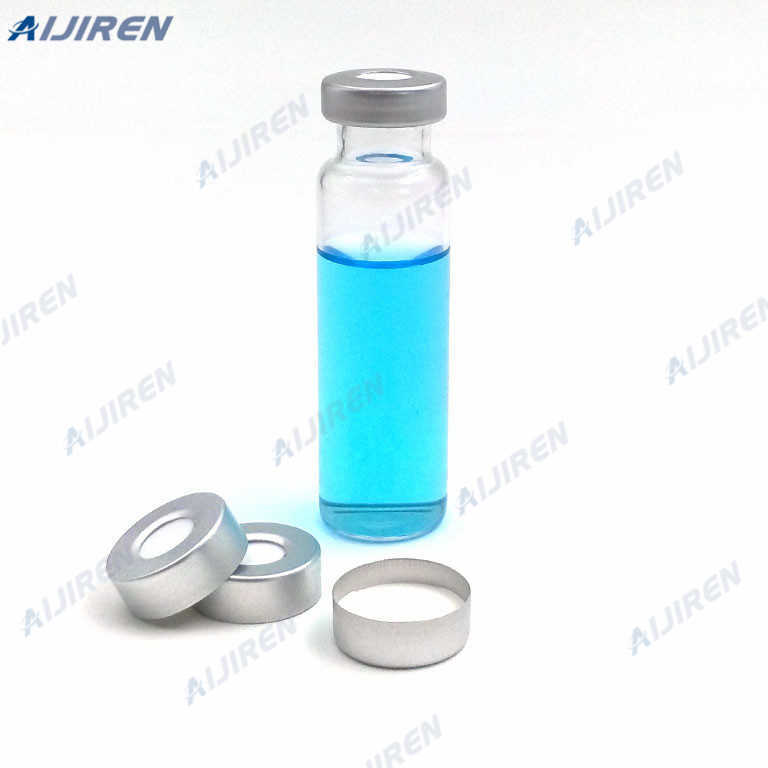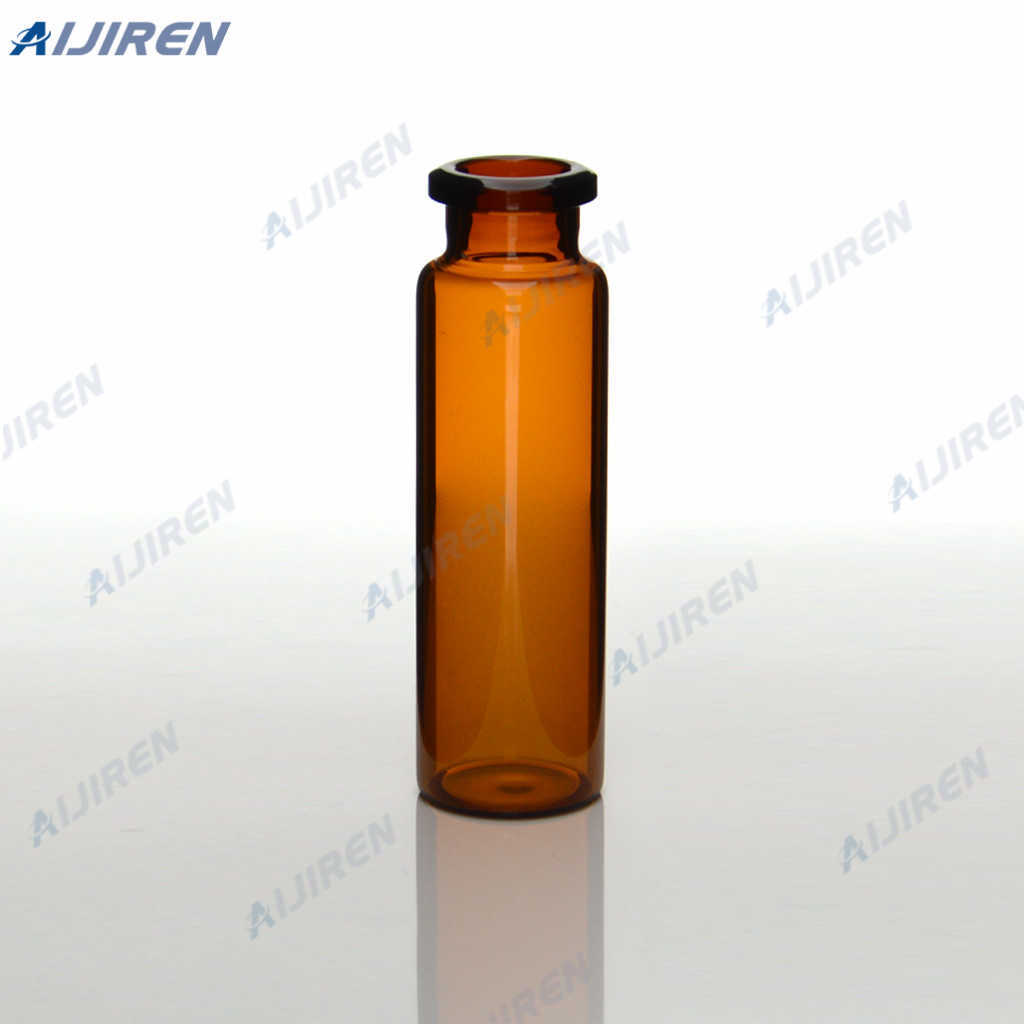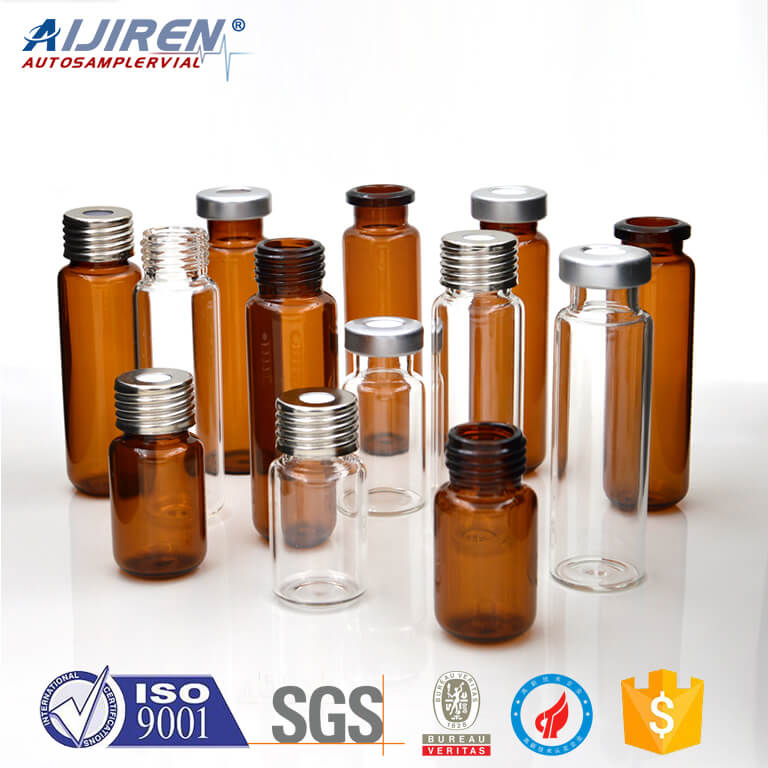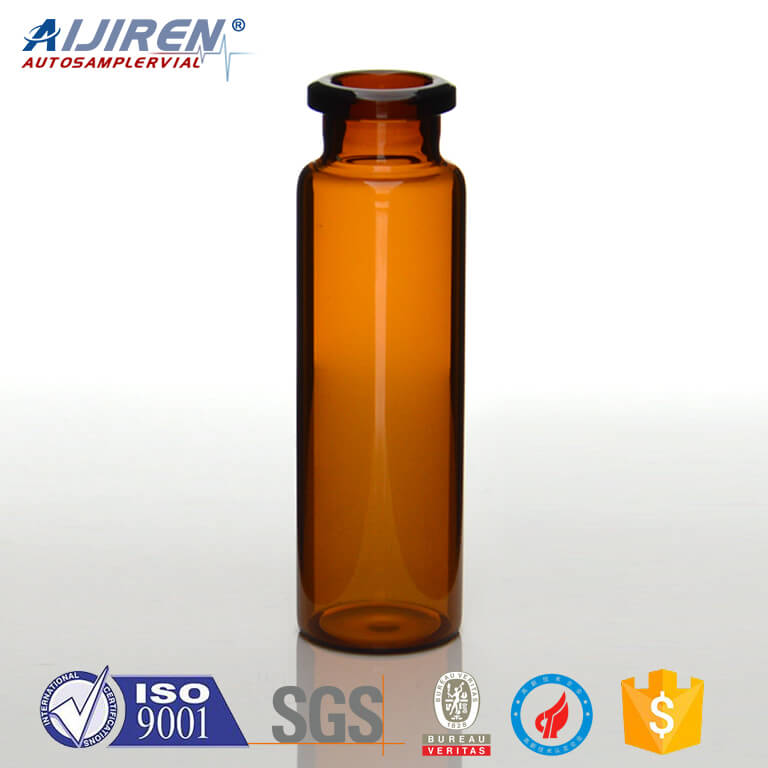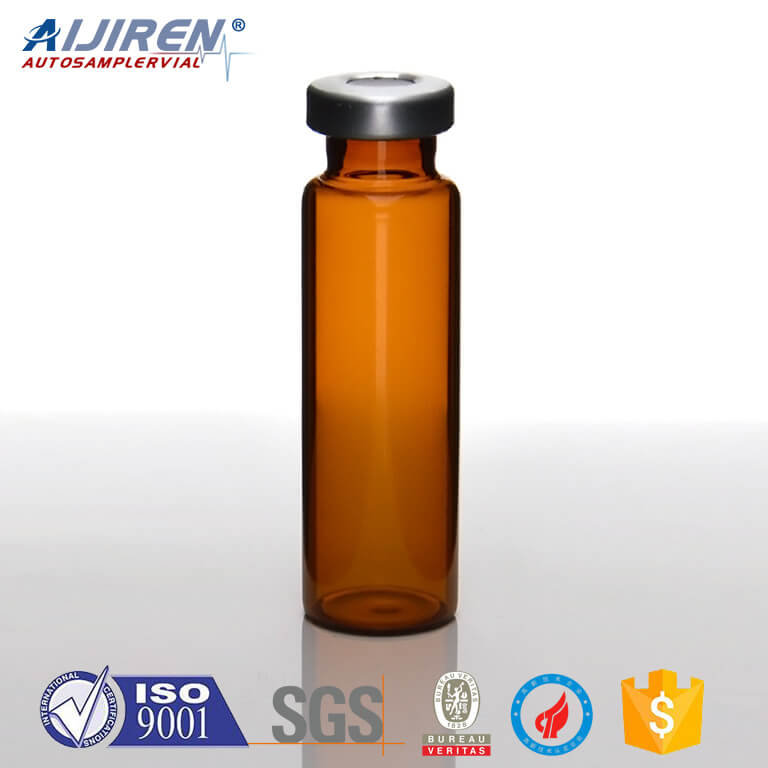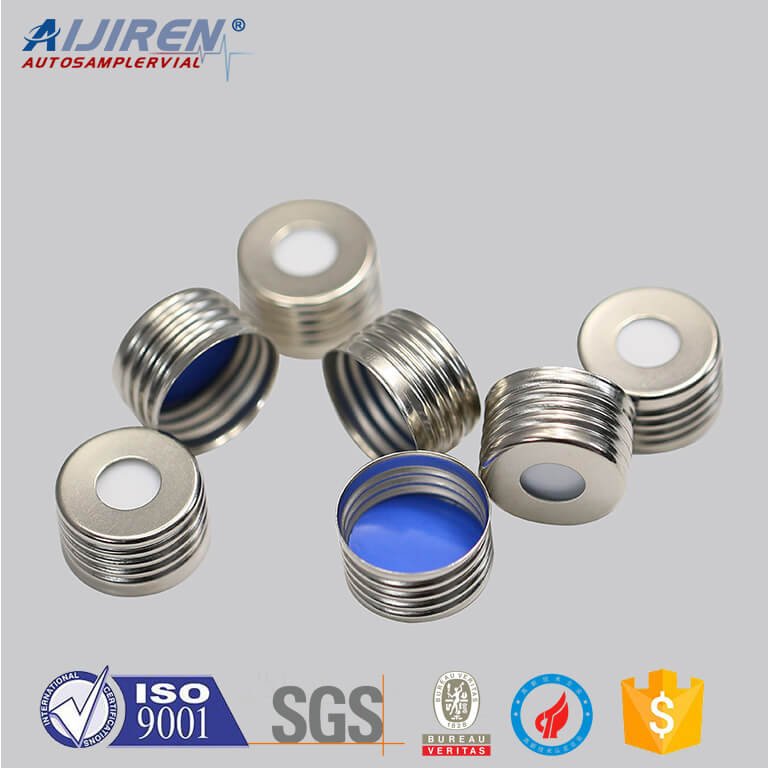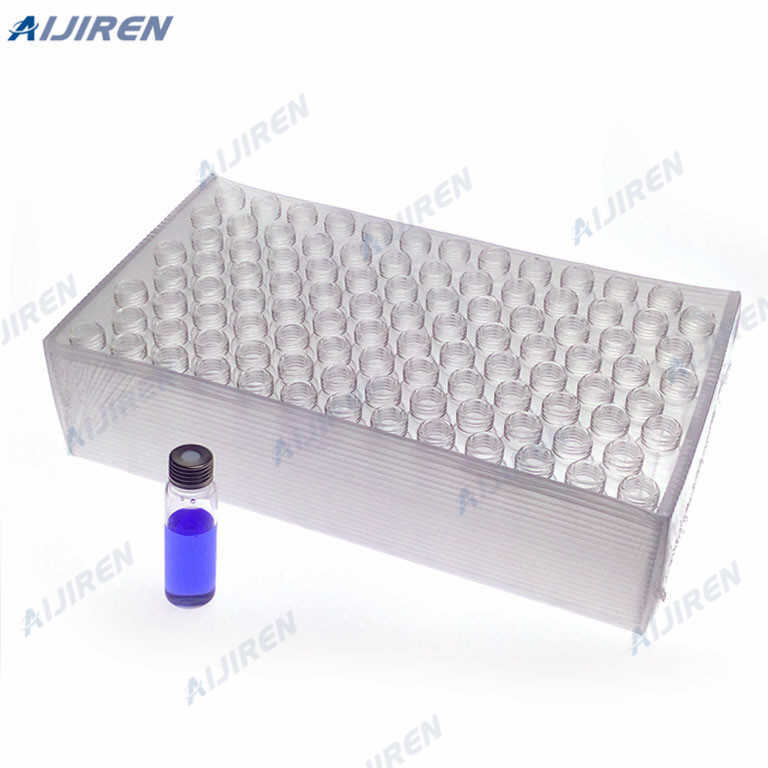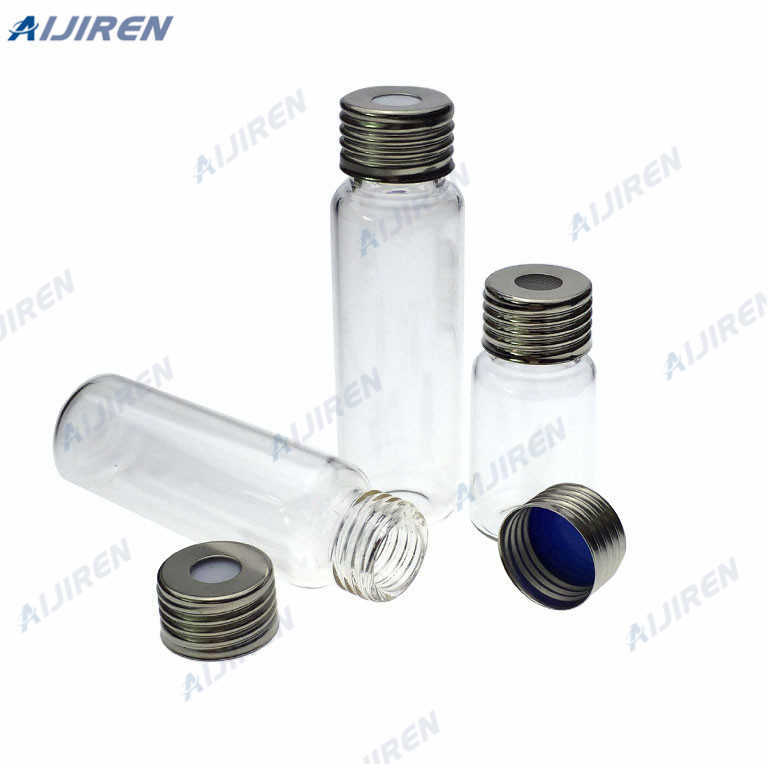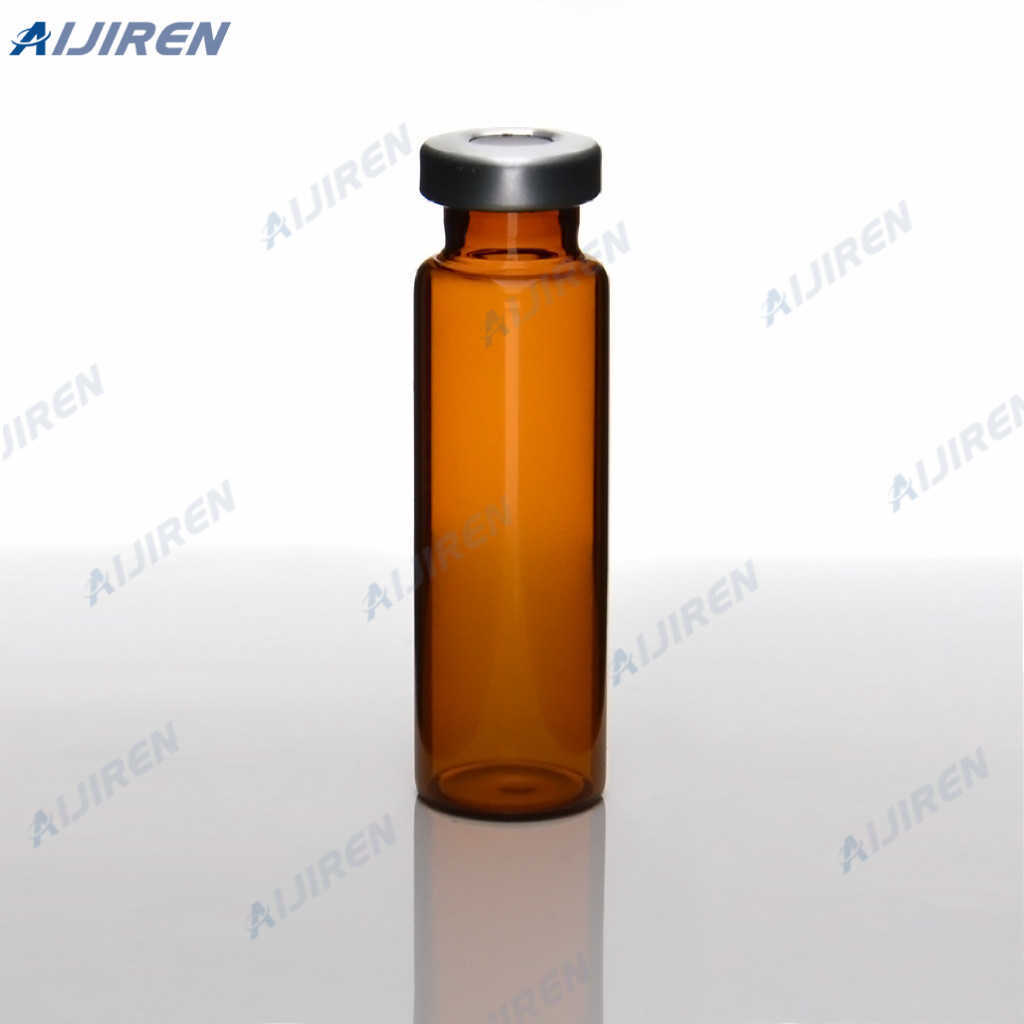Basic Principles of Headspace Analysis | analytics
Vial Size: Headspace vials are available in 6, 10 and 20 ml sizes. Use a vial large enough to ensure adequate headspace or phase ratio without excessive dilution of the components of interest. Phase ratio is discussed later and should normally be at least 50 % of the sample volume.
Sample Preparation Techniques Used for Gas
Dynamic headspace technique: analytes of interest are swept or purged onto an adsorbent and then thermally desorbed into the gas chromatograph. Solid-phase extraction (SPE): may be used to concentrate analytes from gaseous or liquid samples and often is
Gas chromatography - Wikipedia
Gas chromatography (GC) is a common type of chromatography used in analytical chemistry for separating and analyzing compounds that can be vaporized without decomposition. Typical uses of GC include testing the purity of a particular substance, or separating the different components of
Common use glass 9-425 Screw top 2ml vials with
Aijiren 2ml 1.8ml 1.5ml 9-425 Clear Glass Screw Vial with Patch for Chromatography Wide opening 9-425 vials are used for chromatography analysis, it can be used in Inquiry * Your name:
Aijiren Introduces Headspace Sampler for Volatile
Aijiren Technologies Inc. has introduced a headspace instrument for gas chromatography (GC) sample analysis, the Headspace Sampler. Based on Aijiren’s automatic liquid sampler (ALS) technology, the Headspace Sampler features superior performance without loss or degradation of volatile components found in the gas portion of partitioned GC samples.
Common use 2ml snap hplc vial inserts with high quality
Screw top vials are one of several vial types used in autosamplers for automated sample injection into HPLC,GC,and MS analytical instruments. About 9mm wide opening screw top vials 2mL,12x32mm,9mm wide opening vial Wide neck opening provides easy
Hplc chromatography vials for sale-Aijiren HPLC Vials -
Standard Autosampler Sample Vial with Writing area for HPLC & GC Chromatography, vials can be used for high performance liquid chromatography and gas chromatography for reliable analysis results 5. 9-425 Thread Type 2ml HPLC Vial with Closures
Determination of Partition and Activity Coefficients Using
physicochemical measurements of aqueous solutions. In 1958, it was first used with gas chromatography, and in 1967, the first automated headspace-gas chromatograph was introduced for commercial use. Since its beginning, it has become a mainstream
Chromatography Vials | VWR
Description: Clear 20 mL headspace vials with 20 mm crimp seals, designed to fit most headspace autosamplers. Certificates ,75983-244PK,75983-248PK,75983-246PK,75983-252PK,75983-250PK,75983-256PK,75983-254PK
Simplified, cost-effective headspace GC method for residual solvents analysis in pharmaceutical products
headspace grade DMSO (purity ≥99.9%) were used as diluents. A representative test solution was prepared by diluting locally purchased common pain relief tablets (paracetamol, 500 mg and caffeine, 65 mg) in DMSO, as described in the regulation. HS-GC-FID
Advanced Pneumatic Control for Headspace Gas Chromatography
Headspace gas chromatography (HS-GC) is a well established method of chemical analysis. Aijiren has a portfolio of HS instrumentation that makes use of a six port gas sampling valve and a fixed volume sample loop. Work is described here that has focused
A Technical Guide for Static Headspace Analysis, Using GC
tatic headspace gas chromatography (GC) is a technique used for the concentra-S tion and analysis of volatile organic compounds. This technique is relatively Time and money are two of the many reasons why an analyst would use static headspace analysis
Headspace GC/MS Analysis | Innovatech Labs
In this analysis, a liquid or solid sample is placed in a vial, sealed and heated to a specific temperature so that the volatile components escape into the headspace above the sample. The headspace gas is then injected into a gas chromatograph which separates the various components of the sample based on size and polarity.
Determination of Residual Solvents in Dapagliflozin Amorphous by Gas Chromatography
The headspace method was optimized in such a way that maximum amount of solvents present in the sample get evaporated for the detection. For this the standard and sample vials were heated at 70 to 110 C for 5-20 min with constant shaking. A combination
Evaluation of Headspace Solid-Phase Microextraction Gas Chromatography
Headspace–SPME Extraction For headspace SPME extraction, we used a manual support of SPME fibers, with coatings of different polarities: CAR/ PDMS (carboxen/polydimethylsiloxane) 75 µm 1 cm, PDMS (polydimethylsiloxane) 100 µm 1 cm, DVB/CAR




